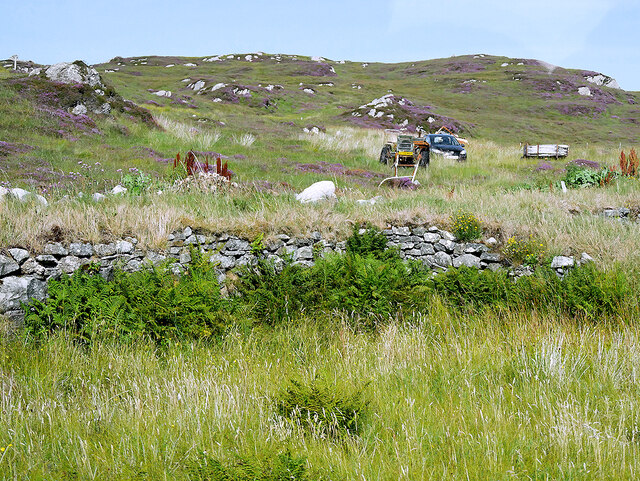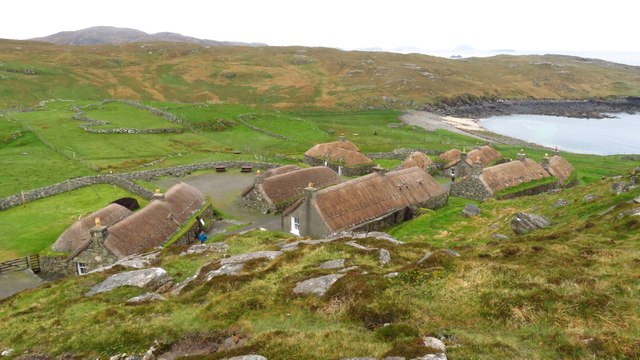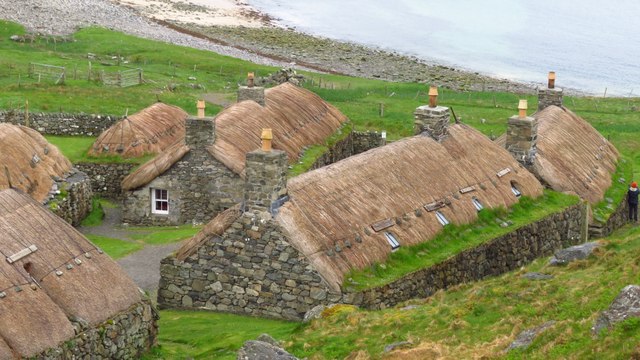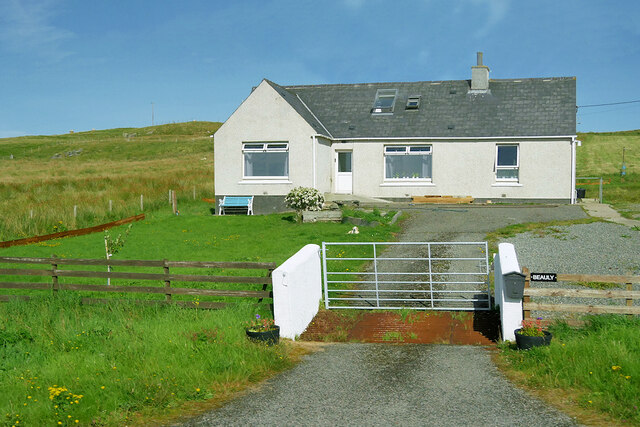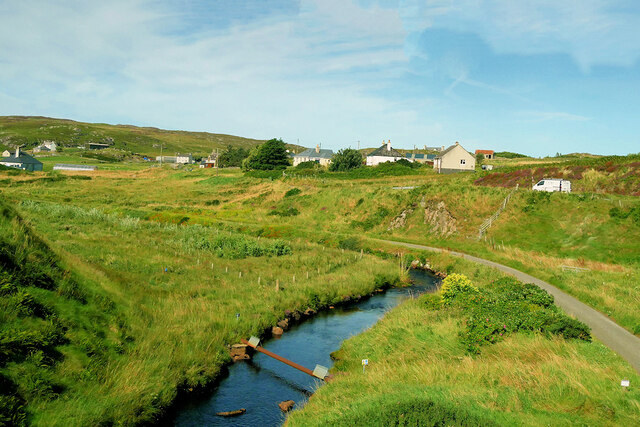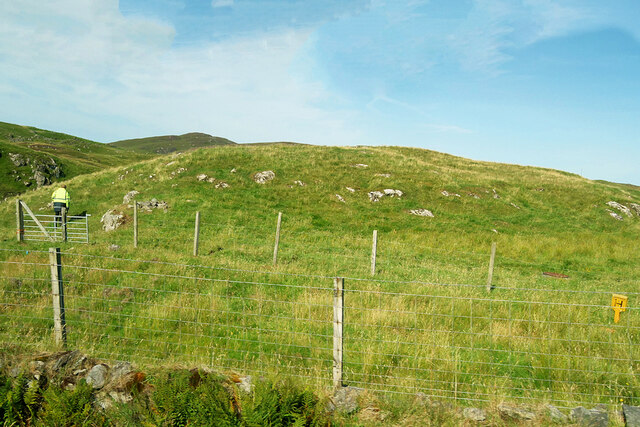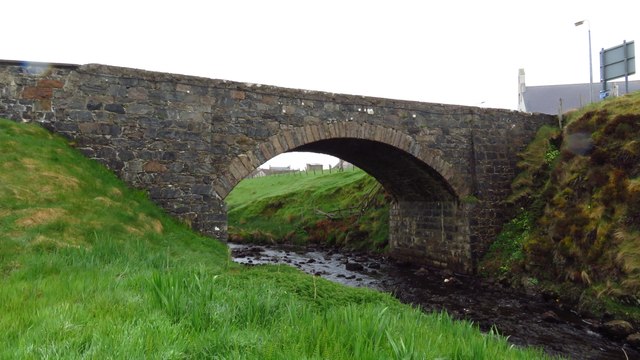Creag Tamuir
Coastal Feature, Headland, Point in Ross-shire
Scotland
Creag Tamuir
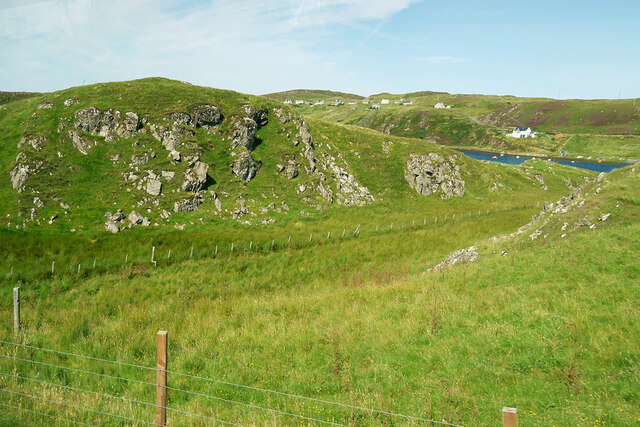
Creag Tamuir is a prominent coastal feature located in Ross-shire, Scotland. Situated on the western coast of the Highlands, it is classified as a headland or point and is known for its stunning natural beauty and rugged landscapes.
The headland is characterized by its towering cliffs that rise dramatically from the sea, offering breathtaking panoramic views of the surrounding area. These cliffs are composed of rugged rocks, predominantly sandstone and granite, which have been shaped by centuries of natural erosion. At the top of the headland, there is a flat plateau that offers a vantage point for visitors to admire the stunning coastal scenery.
The location of Creag Tamuir makes it an ideal spot for outdoor enthusiasts and nature lovers. The headland is a popular destination for hikers and walkers, with several trails that provide access to the area. These trails wind through diverse ecosystems, including heather-covered moorland, grassy slopes, and areas of dense woodland.
Wildlife is abundant in the region, with numerous seabirds, including puffins and gannets, nesting on the cliffs. The surrounding waters are home to a variety of marine life, such as seals, dolphins, and even occasional sightings of whales.
Due to its remote location, Creag Tamuir offers a peaceful and secluded escape from the bustling city life. It is a place where visitors can immerse themselves in the tranquility of nature, surrounded by breathtaking coastal scenery and the soothing sound of crashing waves.
If you have any feedback on the listing, please let us know in the comments section below.
Creag Tamuir Images
Images are sourced within 2km of 58.280261/-6.785937 or Grid Reference NB1942. Thanks to Geograph Open Source API. All images are credited.
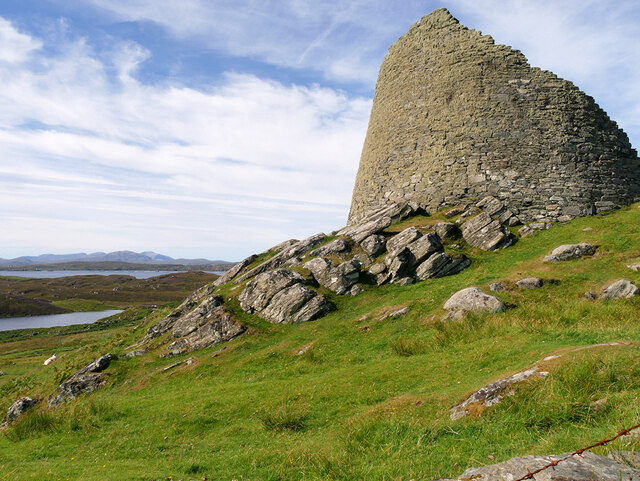
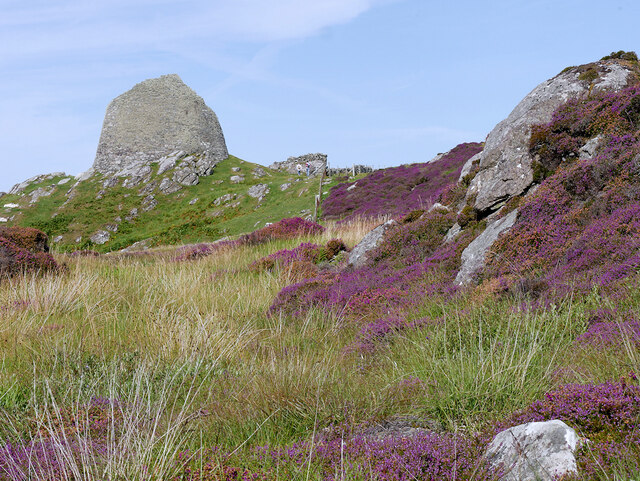
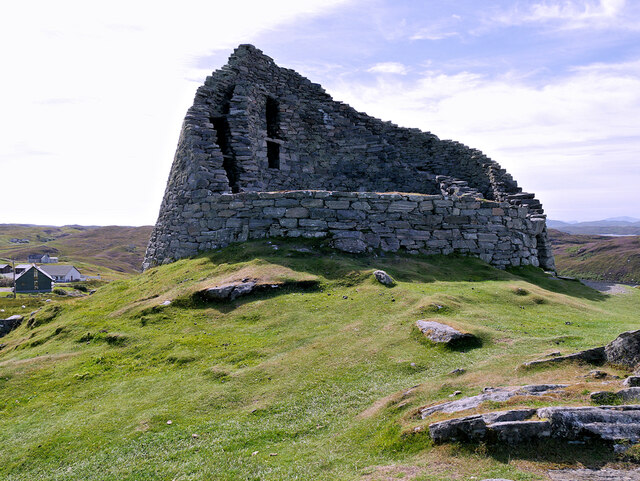
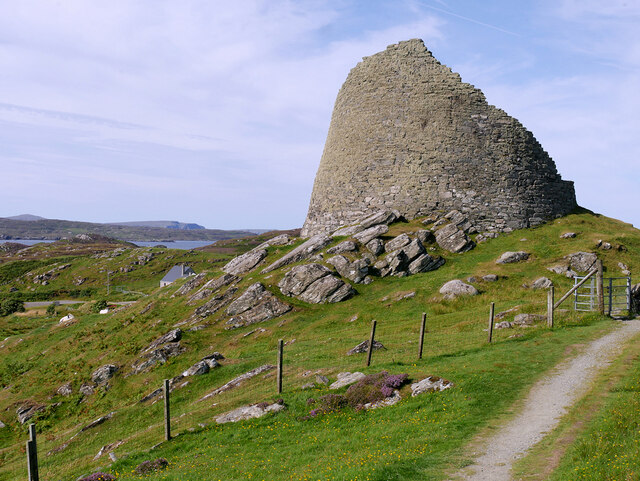
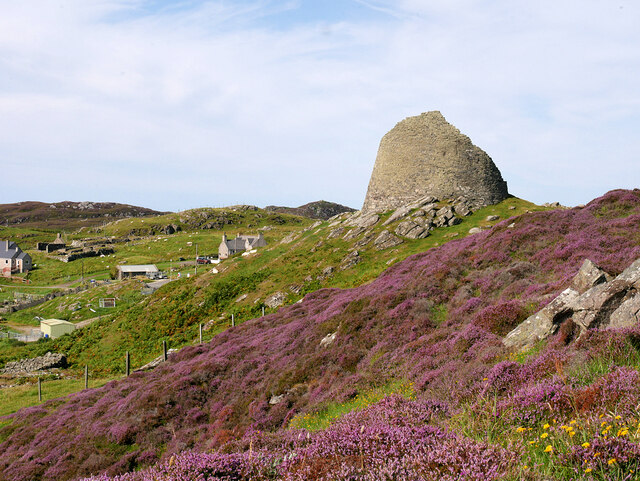
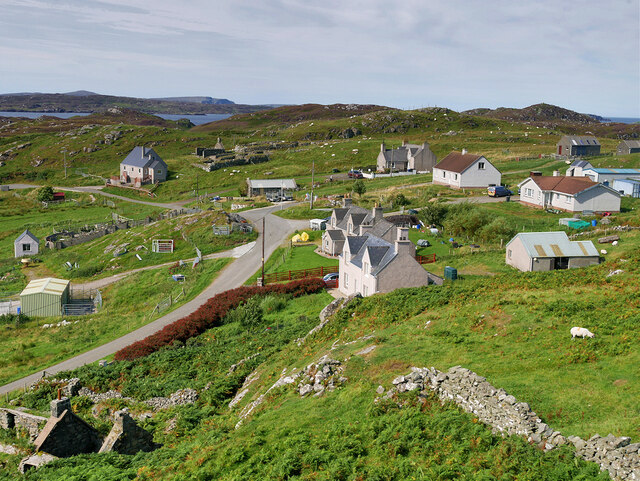
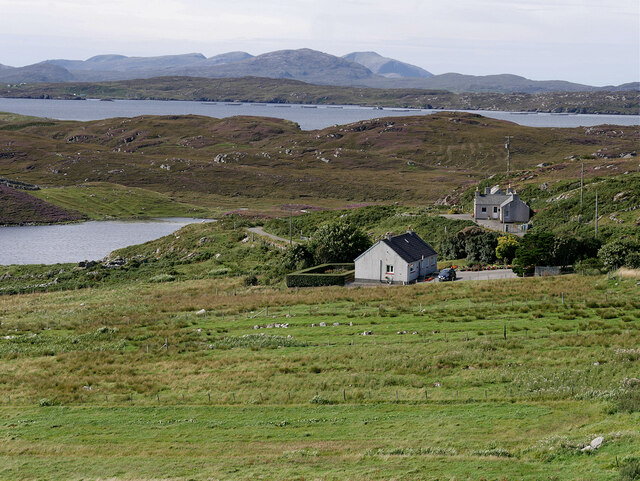
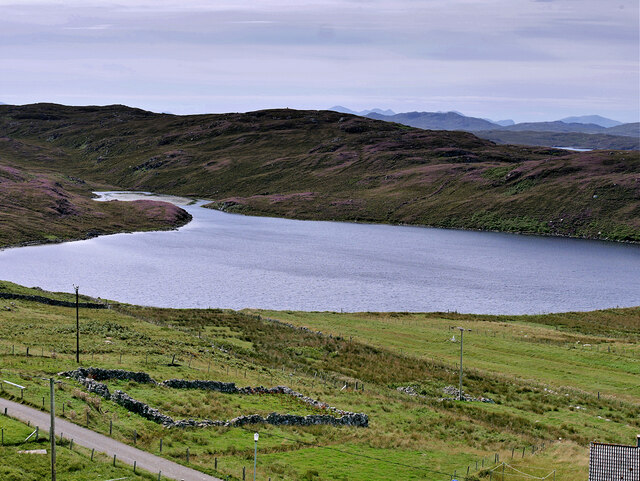
Creag Tamuir is located at Grid Ref: NB1942 (Lat: 58.280261, Lng: -6.785937)
Unitary Authority: Na h-Eileanan an Iar
Police Authority: Highlands and Islands
What 3 Words
///tour.ratio.serenade. Near Carloway, Na h-Eileanan Siar
Nearby Locations
Related Wikis
Borrowston, Lewis
Borrowston (Scottish Gaelic: Borghastan), with a population of about 50, is a crofting township situated on the Isle of Lewis, on the Outer Hebrides of...
Carloway
Carloway (Scottish Gaelic: Càrlabhagh [ˈkʰaːɾɫ̪ə.ɤː]) is a crofting township and a district on the west coast of the Isle of Lewis, in the Outer Hebrides...
Dun Carloway
Dun Carloway (Scottish Gaelic: Dùn Chàrlabhaigh) is a broch situated in the district of Carloway, on the west coast of the Isle of Lewis, Scotland (grid...
Garenin
Garenin (Scottish Gaelic: Na Gearrannan) is a crofting township on the west coast of the Isle of Lewis in the Outer Hebrides of Scotland. Garenin is in...
Nearby Amenities
Located within 500m of 58.280261,-6.785937Have you been to Creag Tamuir?
Leave your review of Creag Tamuir below (or comments, questions and feedback).
